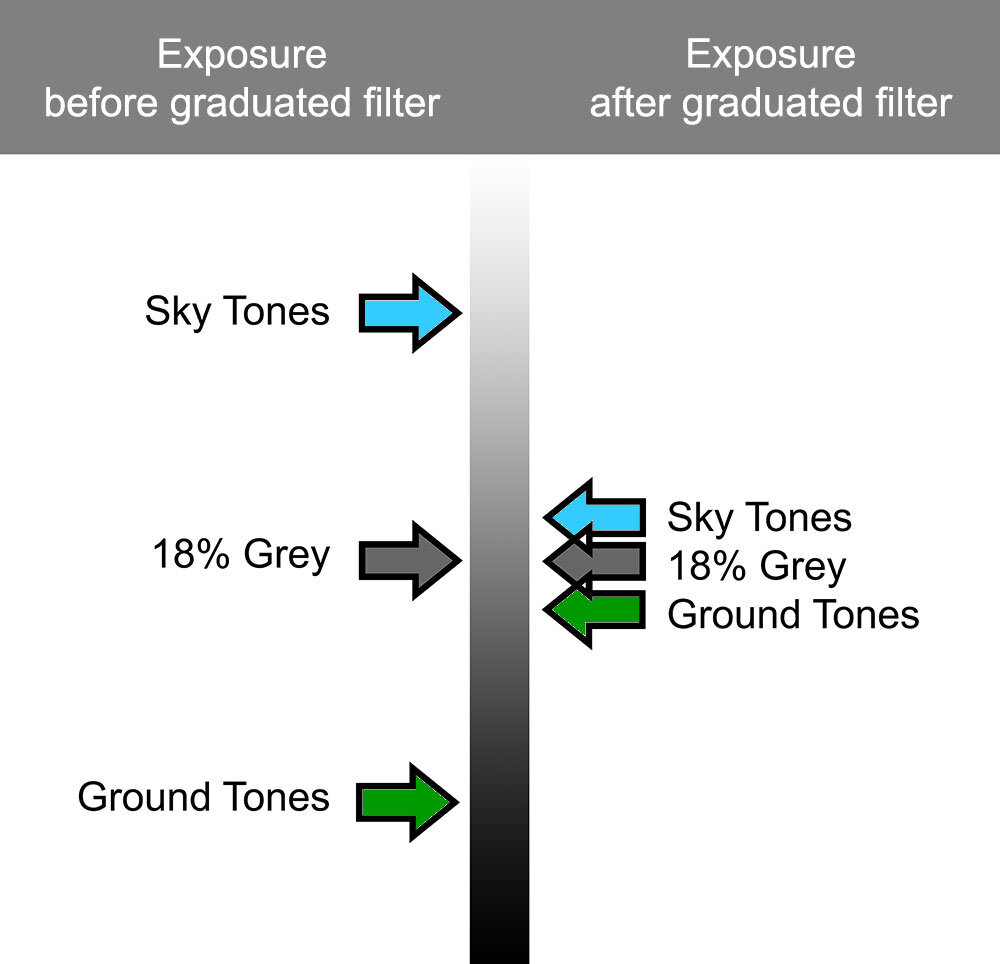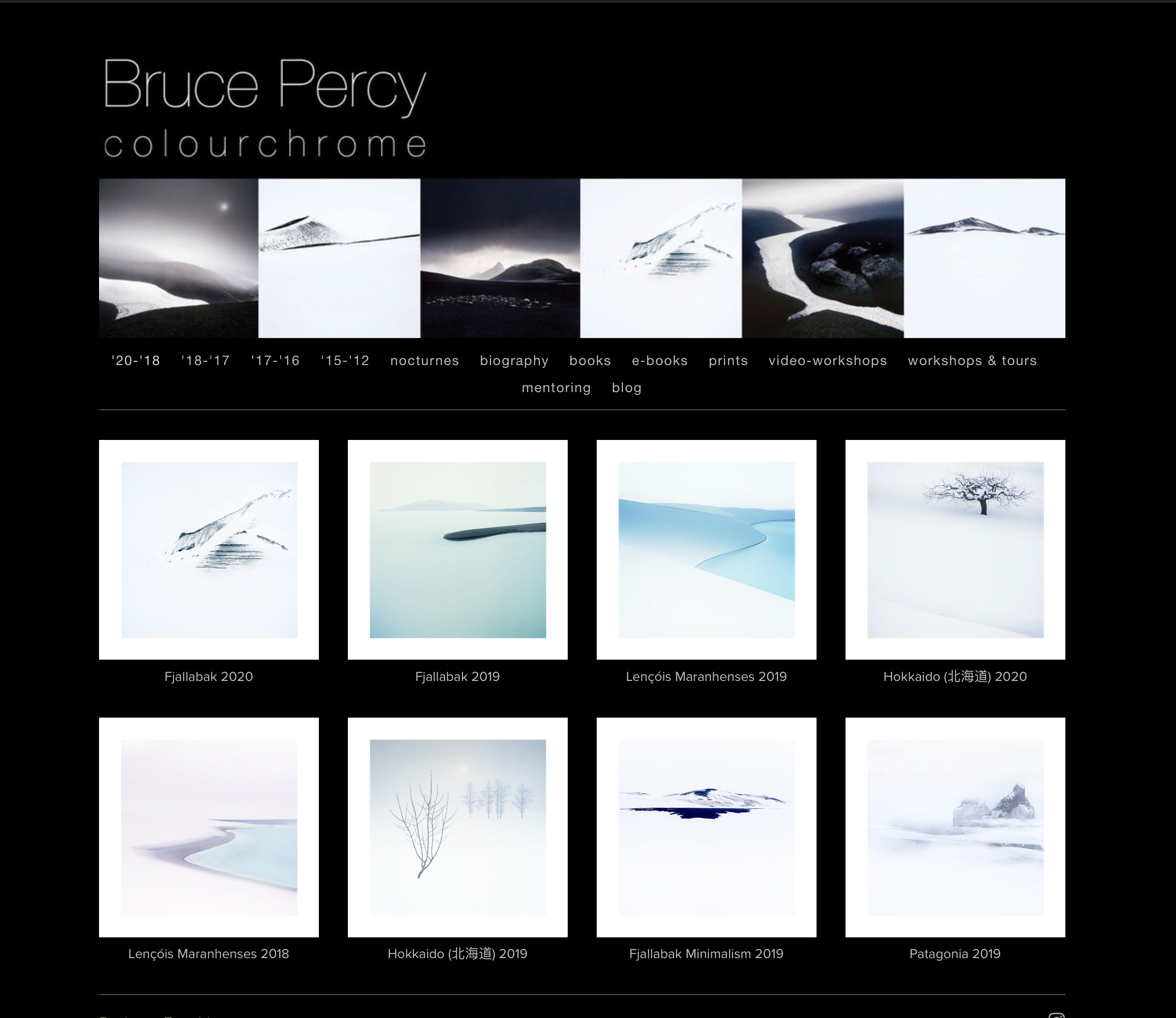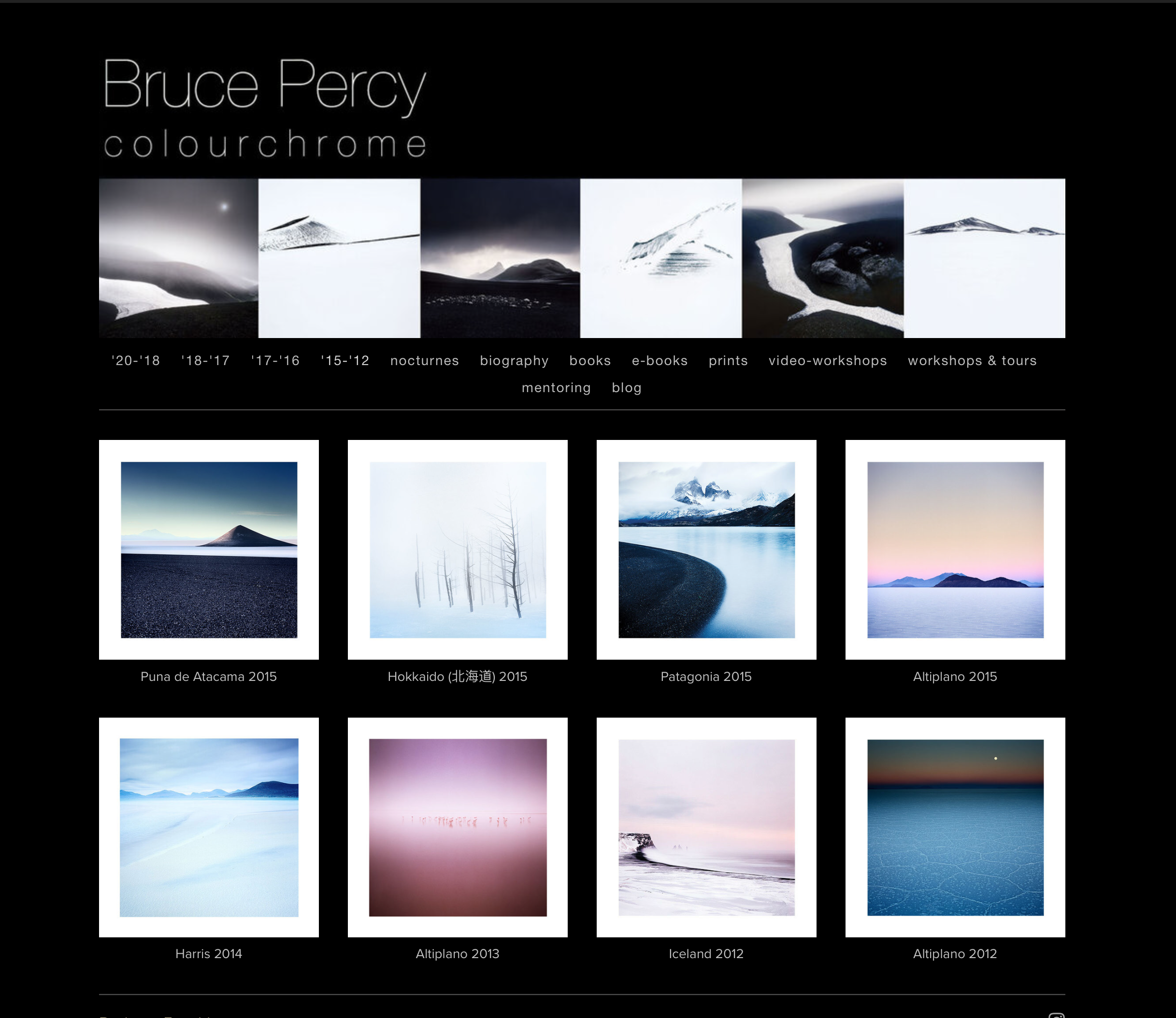For the most part, when we go out to shoot, I think we seldom know the ‘why’ during the time of shooting. It is more a case that we retrofit a motivation to the shoot after the fact.
This is no criticism, in fact, I believe that this is something that I do. I believe that when I am in the process of making images, I have zoned out. I am not thinking about ‘why’ I’m doing what I’m doing. Instead I’m in creative flow where I’m just going with something akin to intuition.
But surely there has to be some kind of intent to what we do you may ask?
Yes, I think intention should be part of your toolset when working a location. But like everything, too much of a good thing can introduce issues. Think too much as they say, and you cause analysis paralysis is one aspect of intention. Perhaps another is being so focussed on obtaining something that you fail to see and respond to something else that is presenting itself. In other words, you’re so focussed on striving for your goal that you fail to see other possibilities.
In my view, when intention is dominating us, our work tends to result in contrivance. When one is intending on doing something so badly that even if the landscape does not provide it, we will go as far as we can to make it so.
As I’ve said on many posts before, the landscape does not yield. It has no knowledge of us, our wishes and dreams. It just is. So we’d be better off learning to work with what it provides us. This is why I particularly avoid pre-visualisation of a scene. I prefer to just go and see what happens. I don’t rainbow chase locations either. It’s best to work with what you’re being presented with.
So in my view, there are really two forms of intention:
recognising a good thing when it’s happening and being intent on capturing it.
attempting to conjure up something when there is nothing of value. In short, contrivance.
In think having focus / intent is to be encouraged. Perhaps the skill is in knowing when your intent is overwhelming the situation you’re in, or working with it.
With the image that accompanies this post today, there was a clear intent on my part to shoot this lagoon. I was high up on a dune and I could see that it was beautiful. This, is in my view ‘recognising a good thing when it’s happening’. But I was in the way of myself. I was intent in capturing the entire ellipse in my viewfinder and as much as I tried, it did not work. It either suffered from looking too contrived, too obvious, or it was out of balance with the rest of the scene. I listened to my ‘gut’ tell me that ‘this is too obvious, too contrived’, and also to my instincts telling me that the balance was out of kilter. The solution turned out to be cutting the ellipse in half. It made of the lagoon a more abstract shape, whilst at the same time help balance the scene.
For me, looking for compositions is always about ‘recognising a good thing’, and then listening to when I feel either the composition may be out of balance. In the process of balancing a scene I may end up with something that feels too obvious, or something that feels it’s trying to hard to please. I am always looking to be surprised if I can from what I’m creating, and listening to my hunches about how the scene feels is vital.
Intention can sometimes get in the way, and all I’ve learned over the years is to try to go with what feels right, even if it did not fit my original intention.

















